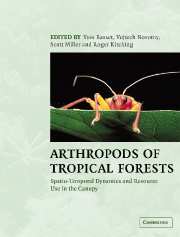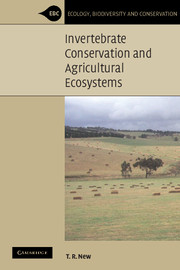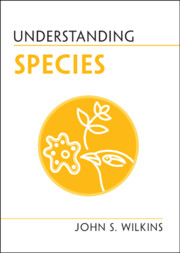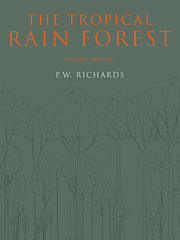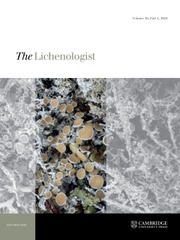Arthropods of Tropical Forests
Arthropods are the most diverse group of organisms on our planet, and the tropical rainforests represent the most biologically diverse of all ecosystems. This volume provides an overview of data collected during recent studies in Australia, Africa, Asia, and South America. The contributions focus on the distribution of arthropods and their use of resources in the rainforest canopies, providing a basis for comparison between the forest ecosystems of the main biogeographical regions. The temporal dynamics of arthropod communities, habitats and food selection are examined within and among tropical tree crowns, as are the effects of forest disturbance.
- Brings together studies from the three main tropical biogeographical regions and allows a comparative approach
- The first coherent, interpreted and comprehensive overview of this active research field with introductory and concluding chapters
- Reviews the latest technological advances for accessing the tropical forest canopy
Reviews & endorsements
"We must congratulate the editors and authors. Arthropods of Tropical Forests is a milestone publication. It will be of great value to many tropical invertebrate zoologists. Moreover, it also has much to offer to a broader audience, including plant ecologists and conservation biologists." Plant Science Bulletin
Product details
March 2003Hardback
9780521820004
490 pages
254 × 195 × 30 mm
1.322kg
99 b/w illus. 84 tables
Temporarily unavailable - available from TBC
Table of Contents
- Foreword
- Preface
- Part I. Arthropods of Tropical Canopies: Current Themes of Research:
- 1. Canopy entomology, an expanding field of natural science
- 2. Methodological advances and limitations in canopy entomology
- 3. Vertical stratification of arthropod assemblages
- 4. Determinants of temporal variation in community structure
- 5. Herbivore assemblages and their food resources
- Part II. Vertical Stratification in Tropical Forests:
- 6. Distribution of ants and bark-beetles in crowns of tropical oaks
- 7. Vertical and temporal diversity of a species-rich moth taxon in Borneo
- 8. Canopy foliage structure and flight density of butterflies and birds in Sarawak
- 9. Stratification of the spider fauna in a Tanzanian forest
- 10. Fauna of suspended soils in an Ongokea gore tree in Gabon
- 11. Vertical stratification of flying insects in a Surinam lowland rainforest
- Part III. Temporal Patterns in Tropical Canopies:
- 12. Insect responses to general flowering in Sarawak
- 13. Arthropod assemblages across a long chronosequence in the Hawaiian islands
- 14. Seasonality of canopy beetles in Uganda
- 15. Seasonality and community composition of springtails in Mexican forests
- 16. Seasonal variation of canopy arthropods in Central Amazon
- 17. Arthropod seasonality in tree crowns with different epiphyte loads
- Part IV. Resource Use and Host Specificity in Tropical Canopies:
- 18. How do beetle assemblages respond to anthropogenic disturbance? 19. Organization of arthropod assemblages in African savanna trees
- 20. Flower ecology in the Neotropics: a flower-ant love-hate relationship
- 21. Taxonomic composition and host specificity of phytophagous beetles in a dry forest in Panama
- 22. Microhabit distribution of forest grasshoppers in the Amazon
- 23. Flowering events and beetle diversity in Venezuela
- Part V. Synthesis: Spatio-Temporal Dynamics and Resource Use in Tropical Canopies:
- 24. Habitat use and stratification of Collembola and oribatid mites
- 25. Insect herbivores feeding on conspecific seedlings and trees
- 26. Hallowed hideaways: basal mites in tree hollows and allied habitats
- 27. Arthropod diel activity and stratification
- 28. Diel, seasonal and disturbance-induced variation in invertebrate assemblages
- 29. Tree relatedness and the similarity of insect assemblages: pushing the limits?
- 30. A review of mosaics of dominant ants in rainforests and plantations
- 31. Insect herbivores in the canopies of savannas and rainforests
- 32. Canopy flowers and certainty: loose niches revisited
- 33. How polyphagous are Costa Rican dry forest saturniid caterpillars?
- 34. Influences of forest management on insects
- 35. Conclusion: arthropods, canopies and interpretable patterns
- Part VI. References
- Index.

